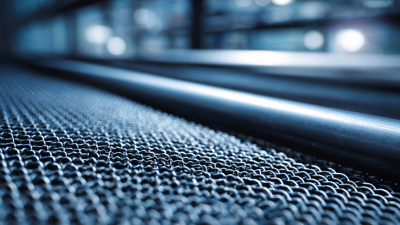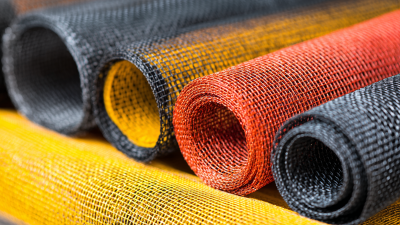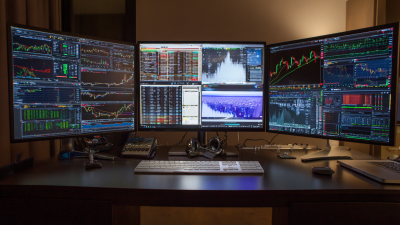 No. 14, Building 2, No. 367 Beijing Road, Chengdu Economic and Technological Development Zone (Longquanyi District)
No. 14, Building 2, No. 367 Beijing Road, Chengdu Economic and Technological Development Zone (Longquanyi District)

When it comes to selecting the ideal Mdi Pu Screen Panel for your projects, striking the perfect balance between durability and aesthetics is crucial. The right panel not only enhances the visual appeal of your space but also ensures longevity and performance under various conditions. As the demand for high-quality materials increases, understanding the key factors that contribute to both the structural integrity and design versatility of Mdi Pu Screen Panels is essential for making informed decisions. In this guide, we will explore five essential tips that will aid you in choosing a panel that not only meets your practical requirements but also elevates the aesthetic value of your environment. Whether you are renovating a residential area, upgrading commercial spaces, or planning a new construction, these insights will help you make the best choice.
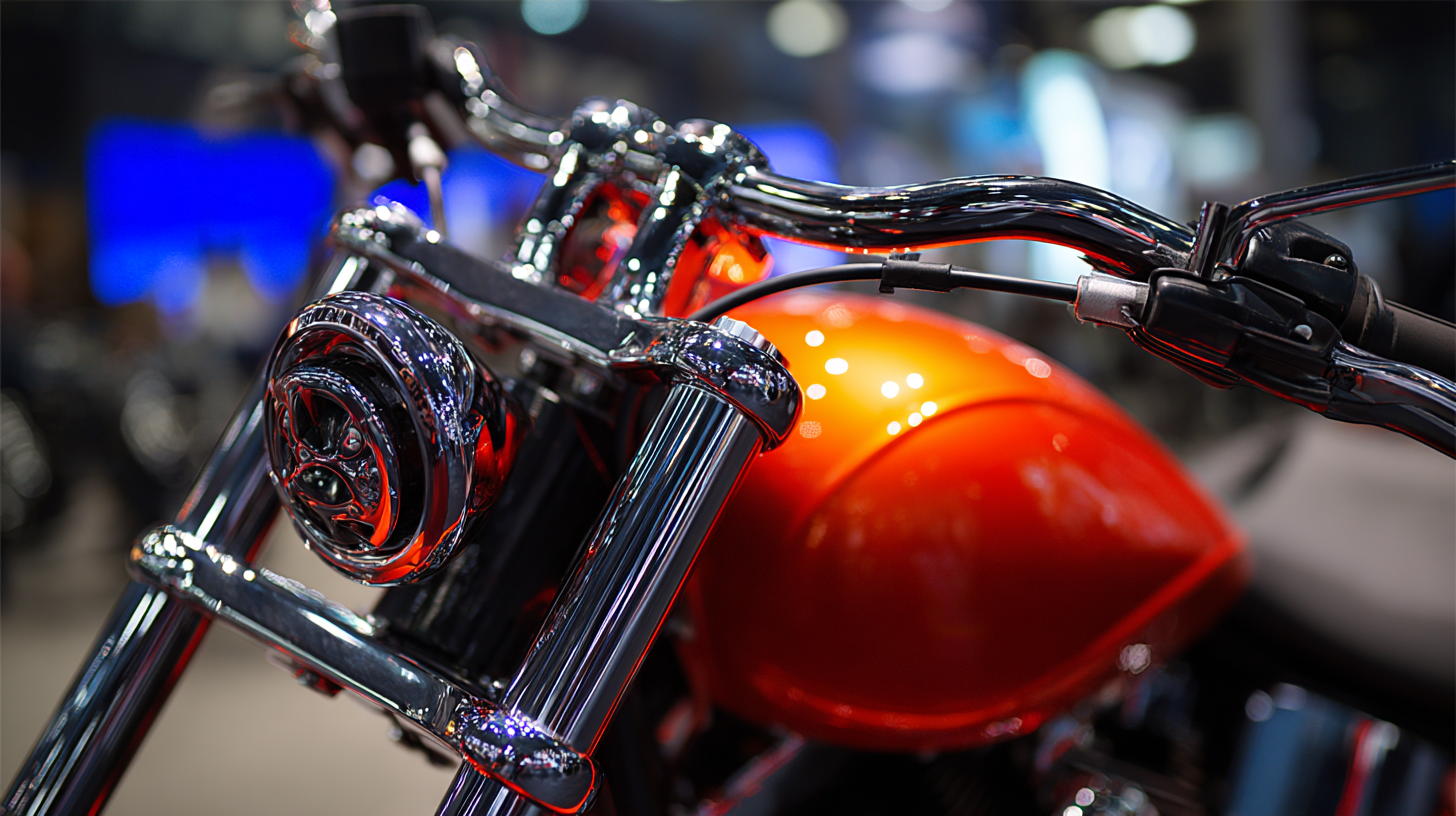
When selecting MDI PU screen panels, evaluating the durability based on material properties is paramount. MDI (Methylene Diphenyl Diisocyanate) is increasingly favored in industries like construction and automotive, primarily due to its superior mechanical strength and resistance to environmental factors.
According to a recent market report from Smithers PIRA, MDI-based polyurethane materials exhibit a tensile strength of over 50 MPa, compared to other polyurethane options. This makes MDI PU panels highly resilient against deformation and wear, ensuring longevity in challenging environments.
In addition to tensile strength, factors such as hardness and thermal stability also play crucial roles in the performance of MDI PU screen panels. Material tests reveal that they can withstand temperatures ranging from -40°C to 100°C without significant degradation, a critical attribute for applications exposed to varying climates. The right choice of MDI formulation can yield panels with a Shore A hardness rating exceeding 90, which not only enhances durability but also contributes to aesthetic appeal, maintaining shape and finish under pressure.
Investing in panels that demonstrate these material properties ensures a balance of resilience and visual quality, meeting the demands of modern design and functionality.
When selecting MDI PU screen panels, the aesthetic factors—such as color and texture—play a crucial role in both durability and market value. Colors can significantly influence customer perception and preferences; for instance, vibrant hues may attract attention and enhance a room's ambiance. In contrast, neutral shades often appeal to a broader audience, making spaces feel more timeless and inviting. To achieve the perfect balance, manufacturers should consider trends and cultural factors that affect color choices in various regions.
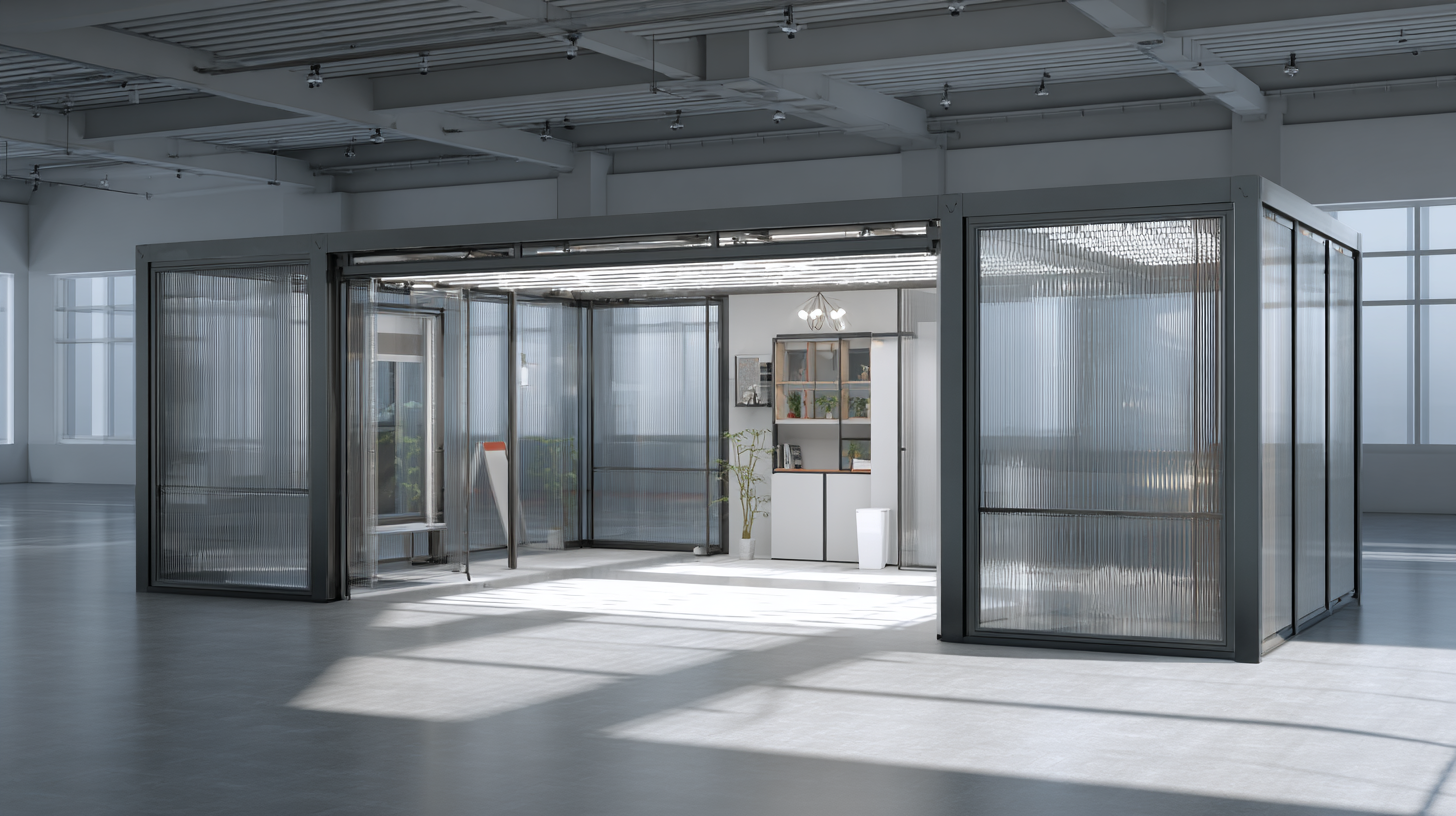
Textures also add another layer of depth to the visual appeal of screen panels. A smooth finish might convey modernity and sophistication, while textured surfaces evoke a sense of warmth and uniqueness, catering to different consumer tastes. This diversity in aesthetic presentation not only enriches the consumer experience but also directly impacts marketability. As the market for ceramic tiles is projected to expand significantly over the coming years, understanding these aesthetic factors becomes imperative for manufacturers aiming to enhance durability and maintain competitive advantage. By strategically designing MDI PU screen panels with appealing colors and textures, companies can better position themselves in a growing market, appealing to both aesthetic desires and the need for long-lasting products.
When choosing MDI PU screen panels, understanding cost-effectiveness over time is crucial. MDI PU panels can vary widely in price, but their long-term durability and maintenance costs often reveal significant benefits in choosing higher-quality options. A critical comparison should consider factors such as thermal performance and longevity, especially as these panels often face harsh environmental conditions. Research indicates that investments in superior MDI PU panels ultimately lead to lower replacement and repair costs, as they are less prone to wear and inefficiencies.
One essential tip when selecting MDI PU panels is to prioritize those that utilize advancements in polymer technology, as these materials often provide enhanced thermal insulation properties. Furthermore, opting for panels that incorporate sustainable materials, such as naturally derived fibers, can not only improve performance but also contribute to eco-friendly building practices. This eco-conscious approach aligns with trends towards using bio-based insulation materials that enhance energy efficiency in buildings, making your choice not just an immediate cost decision but an investment in sustainability and durability.
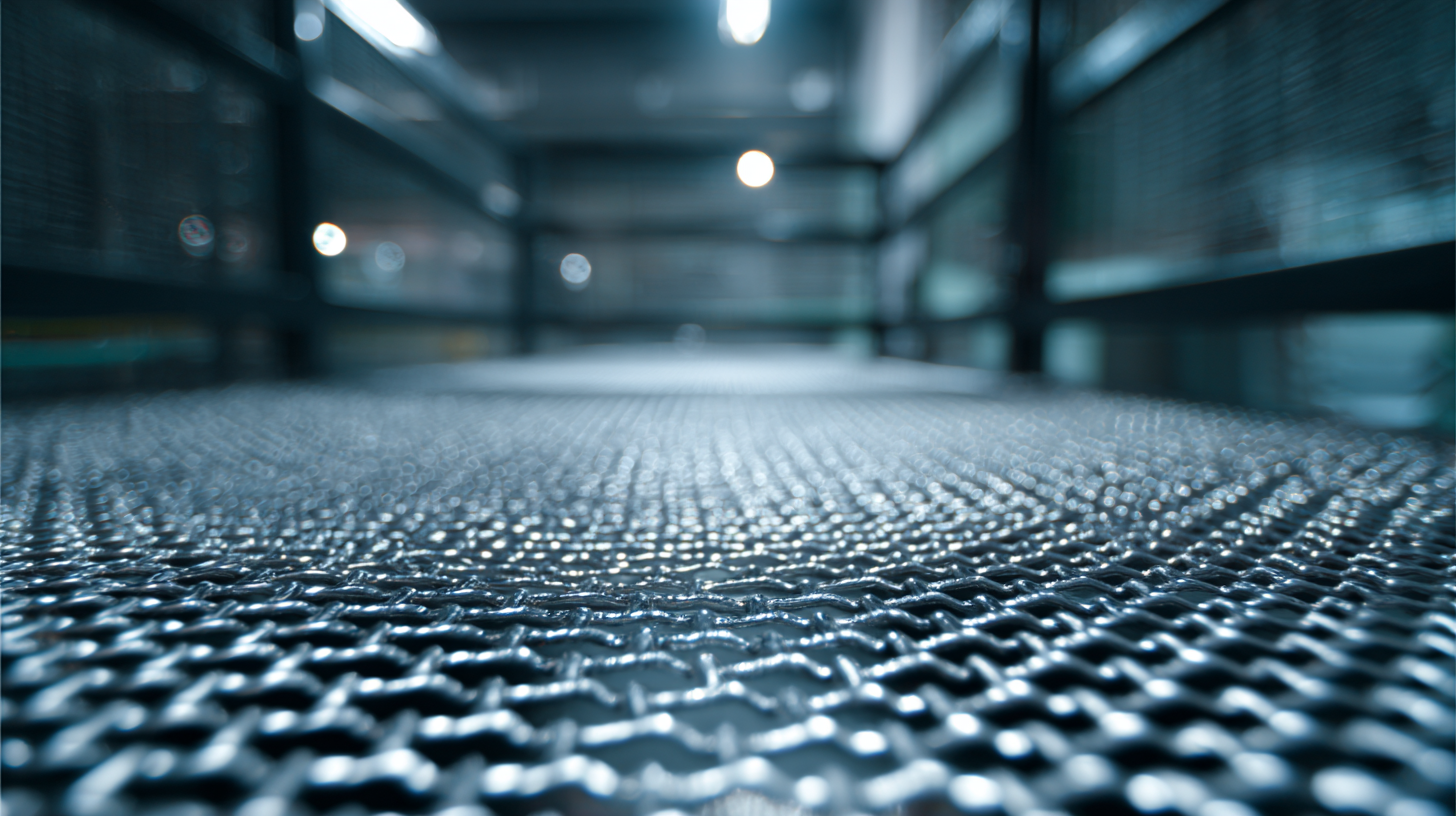
When selecting MDI PU screen panels, adhering to industry standards is paramount in ensuring both durability and aesthetics. Compliance with recognized regulations not only guarantees the structural integrity of the panels but also enhances their performance under various environmental conditions. By choosing products that meet these standards, manufacturers can significantly reduce the risk of unexpected failures, which can result in costly repairs and maintenance.
Moreover, industry standards often include specifications for the materials used in manufacturing, which directly impacts the aesthetic aspects of the screen panels. High-quality materials that comply with these regulations tend to exhibit better color retention, resistance to wear, and overall visual appeal. For buyers, this means selecting a panel that not only fits their design vision but also stands the test of time, maintaining its appearance and functionality throughout its lifespan. Therefore, prioritizing compliance during the selection process is essential for achieving both longevity and an appealing finish in MDI PU screen panels.
When selecting MDI PU screen panels, analyzing user feedback and product reviews is crucial for making an informed decision. Users often share their firsthand experiences, shedding light on the panel's performance in real-world applications. By paying close attention to common themes in reviews, potential buyers can identify which panels offer superior durability and aesthetic appeal. For instance, consistent remarks about scratch resistance and color retention can guide consumers toward better quality options.
Additionally, examining the context of reviews can be beneficial. Many users provide insights about the panels after extended use, highlighting how they withstand environmental factors such as UV exposure and moisture. Feedback about the installation process can also reveal whether a product is user-friendly or requires professional help. By gathering this valuable information, consumers are empowered to choose MDI PU screen panels that not only enhance the aesthetic of their space but also promise longevity and resilience.

